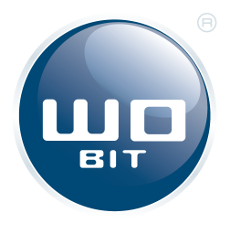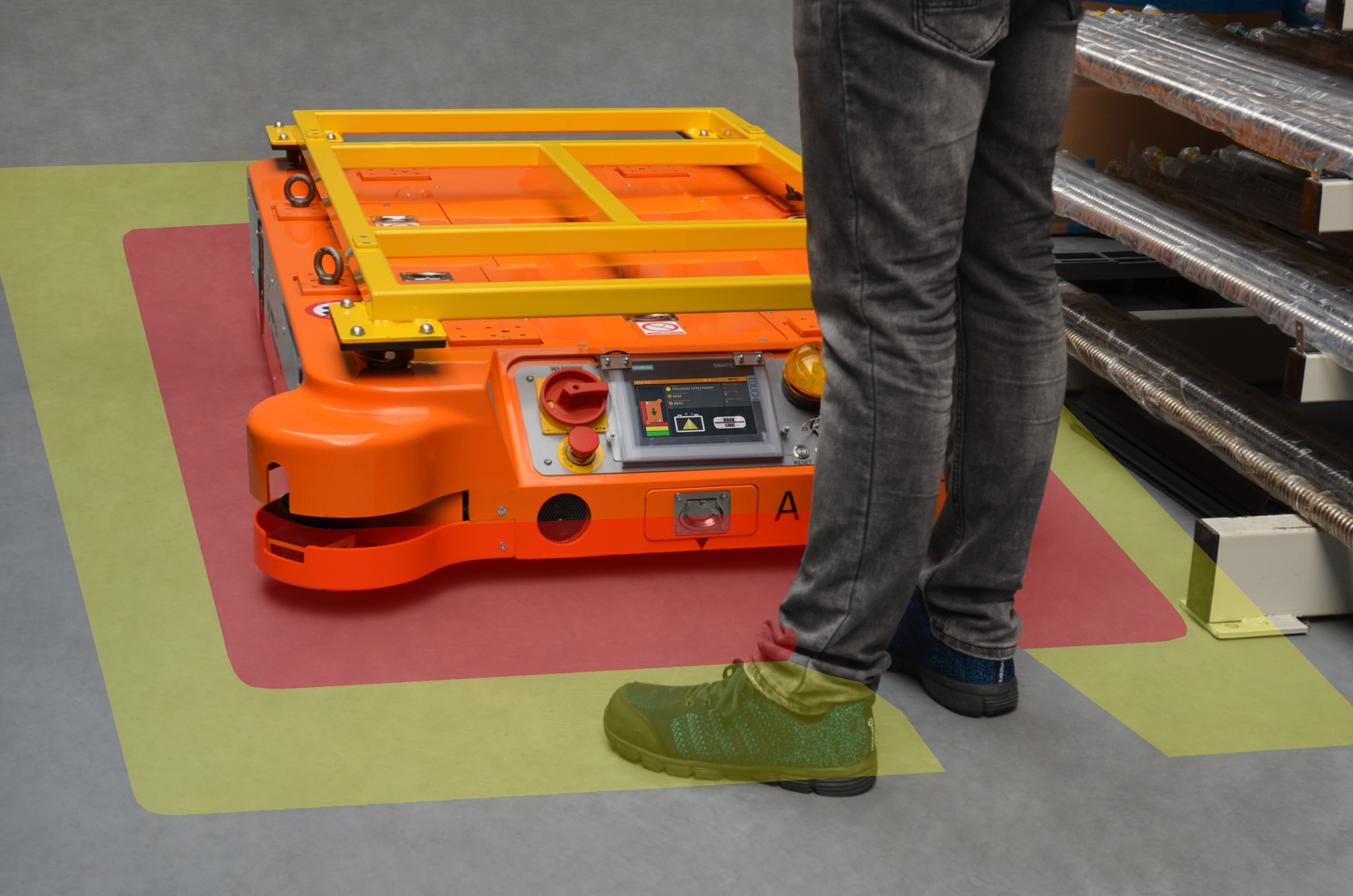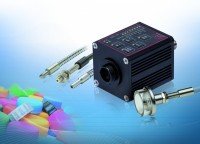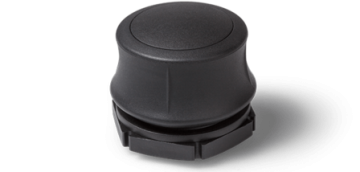Autonomous mobile robots MOBOT ® due to the specificity of their operation and the ability to cooperate with people must meet the highest safety standards. In today's article, we will present in accordance with which standards are being designed and produced Polish mobile robots MOBOT®.
Directive to guard the safety
The most important document constituting the set of essential requirements for machine manufacturers is Machinery Directive. Meeting the requirements of the current Machinery Directive 2006/42 / EC, MOBOT mobile robots ® can be sold to the entire European Economic Area market. The proof of this is the declaration of conformity issued by the WObit company and the CE mark visible on the robots.
Standards
In addition to the directive, the documents detailing the technical requirements are standards. The development of standards is done by relevant organizations or institutions, e.g. ISO, CEN, IEEE, and in Poland it is PKN (Polish Committee for Standardization).
Standards in the conformity assessment system are voluntary, but they are an important signpost in the design of devices. Compliance with the standards agreed at the international or European level is a guarantee of the best solutions, constantly updated and improved.
What are harmonized standards?
According to Polish Committee for Standardization , these are standards related to a specific directive. "When an EN standard developed at European level becomes a national standard by adopting it in a set of national standards by at least one Member State, that standard becomes a harmonized standard."
The list of such standards in Poland is published in Monitor Powszechny - the official publisher of legal acts which are not a source of universally binding law.
Harmonized standards for safety are divided into three types:
Type A standards - can be applied to any machine, they contain basic design principles and general safety aspects.
Type B standards - can be applied to a wide range of machines, but not all, they cover the safety aspects associated with them. They are divided into B1 standards for specific safety aspects and B2 standards for safety.
Type C standards - related to the safety of machines, containing detailed safety requirements for a specific machine or group of machines.
What standards do the MOBOT ® mobile robots and their accessories meet?
The design of robots following the C-type standard - PN-EN ISO 3691-4: 2020-10 standard for industrial trucks is a confirmation, not a presumption, of meeting the requirements of the Machinery Directive 2006/42 / EC.
All mobile robots manufactured by WObit are subject to risk assessment and analysis following the requirements of PN-EN ISO 12100. This allows for the elimination or reduction of the likelihood of risk and its possible consequences. Risk analysis and assessment take place already at the design stage so that all protective measures are selected according to the safety triad to reduce the final cost of the product.
Besides, the robots designed and produced by WObit meet the requirements of, among others such standards as PN-EN ISO 13849-1 or PN-EN 60204-1.
Summary
MOBOT ® mobile robots are designed and manufactured in line with a number of standards, meeting very stringent requirements to ensure operator safety. This is confirmed by customer reviews from such demanding industries as the automotive industry.
In the reference letter, Toyota Motor Manufacturing Poland appreciates such features as ease of use, safety functions and flexibility in terms of the possibility of using and adapting the machine.
" Usage the mobile robot MOBOT® AGV FlatRunner MW Light allowed to increase production while maintaining high safety requirements”.
The article interested you? Do you see the need to optimize internal transport processes with the help of autonomous mobile robots? Please contact our specialists.
See our products
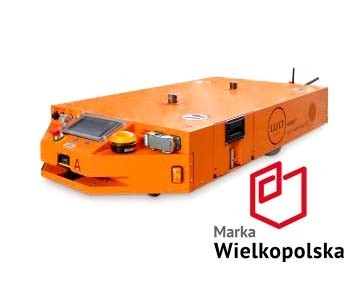 Industrial mobile robot MOBOT® AGV FlatRunner HT
Industrial mobile robot MOBOT® AGV FlatRunner HT MOBOT® AGV FlatRunner 004 mobile robot
MOBOT® AGV FlatRunner 004 mobile robot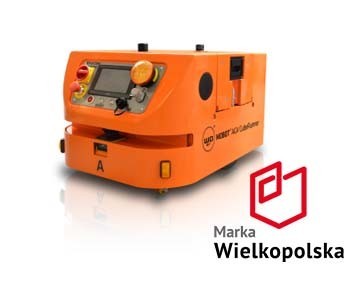 MOBOT® AGV CubeRunner2 004 mobile robot
MOBOT® AGV CubeRunner2 004 mobile robot Industrial mobile robot MOBOT® AGV FlatRunner
Industrial mobile robot MOBOT® AGV FlatRunner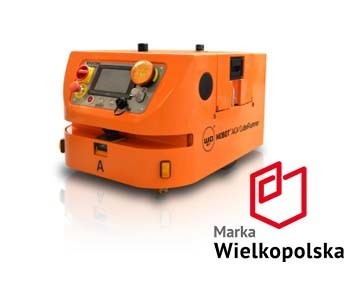 Industrial mobile robot MOBOT® AGV CubeRunner
Industrial mobile robot MOBOT® AGV CubeRunner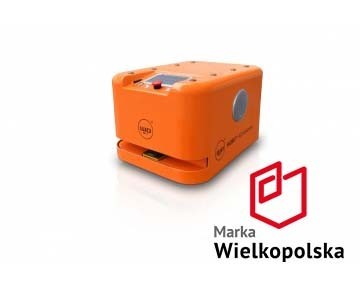 Industrial mobile robot MOBOT® AGV eRunner
Industrial mobile robot MOBOT® AGV eRunner MOBOT® AGV eRunner 003 mobile robot
MOBOT® AGV eRunner 003 mobile robot MOBOT® AGV FlatRunner HT 004 mobile robot
MOBOT® AGV FlatRunner HT 004 mobile robot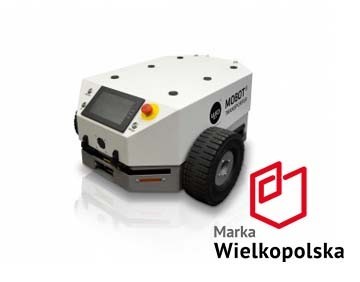 MOBOT® TRANSPORTER mobile robot
MOBOT® TRANSPORTER mobile robot
